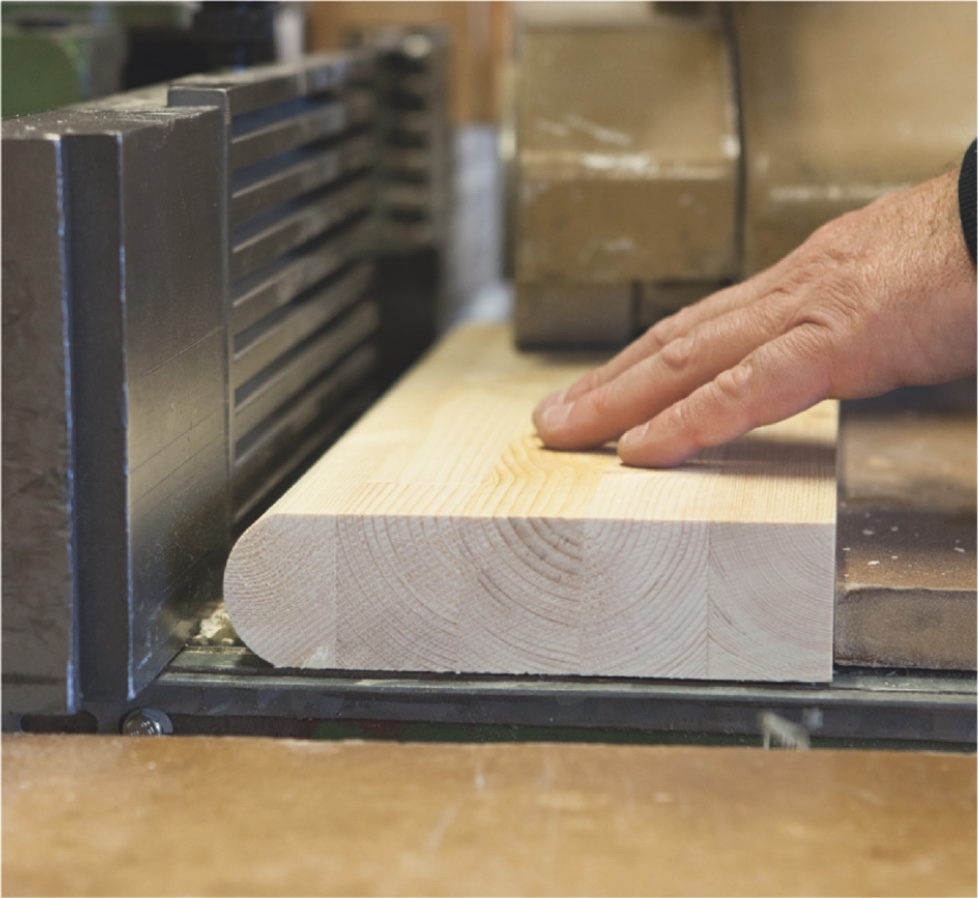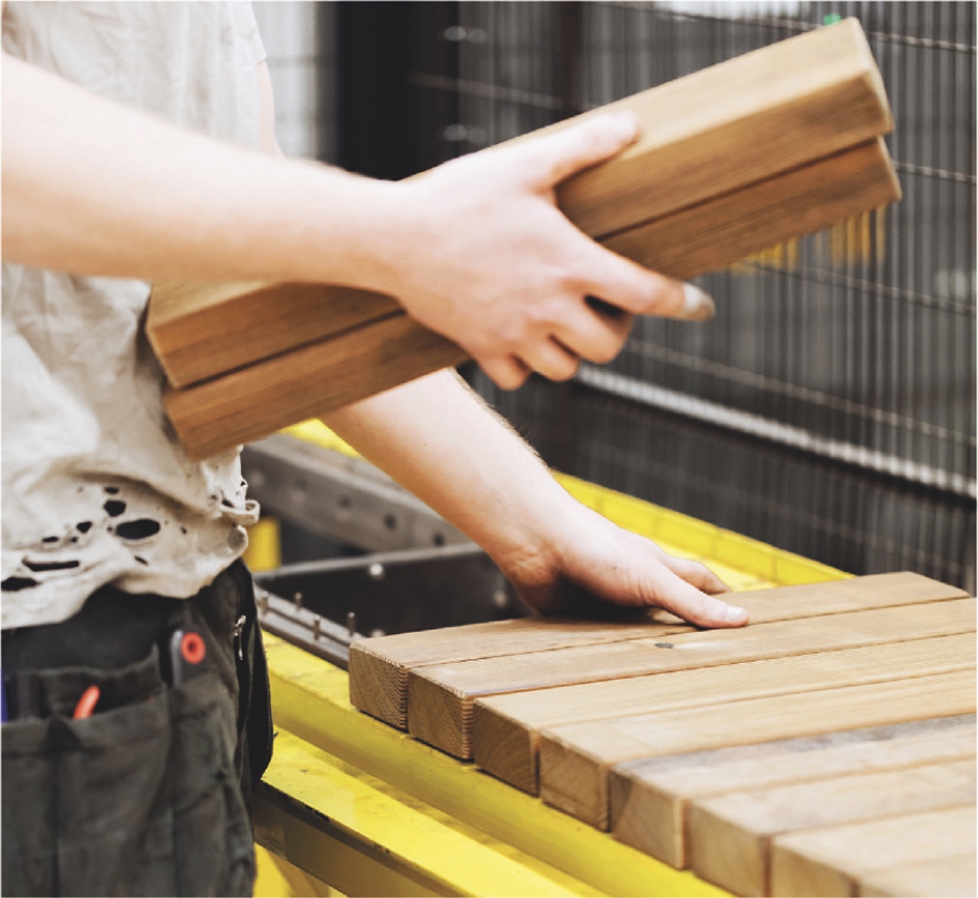Get updates from The Developer straight to your inbox Yes, please!
We can save the planet one Environmental Product Declaration at a time
The climate movement has finally found a foothold in the construction sector, with most manufactures integrating sustainability into their business strategy. But how sustainable are they really?
We need a method to measure the impact of our choices, actions, and claims. One with credible values that replaces complexity and confusion with clarity and confidence. One that simplifies how we talk about and directly considers our climate impact. We need EPDs. We’ve been talking about Environmental Product Declarations (EPDs) at Vestre for some time now and last year we published our first catalogue that lists the embodied carbon for every product we make. We were the first furniture manufacturer in the world to do so after we spent a couple of years mapping our products’ carbon footprint: interesting, demanding, and rewarding work!
As a Norwegian manufacturer of outdoor furniture, much of this has gone under the radar since we service a tiny niche of the construction sector, both here in the UK and globally. But for us, publishing this information is vital if we’re to achieve our ambition of being the most environmentally friendly furniture manufacturer on the planet.
So, what is an EPD and why are we committed to providing this information? An EPD is a transparent, standardised, and verifiable document that reports on a product’s environmental impacts and communicates its environmental performance over its lifetime. Absolutely key is that the data is created through a holistic, life-cycle assessment (LCA) and that it’s verified by an independent third party. This ensures every EPD is impartial, standardised, accurate, and reliable so that it can be registered and published. Our EPDs conform
to EN158054:2012 and are verified by EPD-Norge.
An EPD essentially details a product’s carbon footprint (or Global Warming Potential) and additional environmental impacts of production, such as acidification, ozone depletion, and water consumption.
The process requires the collation of detailed data on every aspect of our materials and processes (including raw materials, waste etc) throughout the entire life cycle of resource use, processing, manufacturing, distribution, use, and end of life (recycling). Through this standard format, an EPD provides transparent information on key environmental impacts, and allows scrutiny of purported "sustainable" or low-carbon products; it also enables the receipt of credits for green building standards and regulations, such as LEED and BREEAM. The use of EPDs supports the reduction of carbon emissions as it enables direct comparison of the impacts of any number of products in order to select those with the least impact.
EPDs are much like the nutritional values found on food labels. They don’t promise health benefits, but they provide critical data at a glance. We know this information fully supports our marketing claims (including that of being the world’s most sustainable furniture manufacturer) and will bring about the informed specification and ultimate purchasing of our products. From a client and procurement perspective, EPDs make it easier to specify environmentally superior products. We hope that soon, all stakeholders of a construction project will demand EPDs as a matter of course.
We started publicly sharing our EPD values at the Stockholm Furniture Fair in 2020. Next to each piece of furniture, display boards informed visitors of the carbon emissions from each product’s life cycle: for instance, our FOLK bench, designed by Swedish studio Front, has a carbon footprint of 3.75kg of carbon dioxide per year, assuming the product remains in use for 30 years. This focus on a product’s life is critical. All of our products come with a lifetime guarantee against rust. By manufacturing for life, we reduce our energy consumption and environmental impact by a huge amount.
While product longevity has been a core value of ours since our inception 75 years ago, only now can we measure the impact of this approach. With the advent of EPDs and carbon accounting, we can finally calculate the financial and environmental upside from choosing a product that lasts decades longer than the alternative.
By understanding total emissions, both embodied and in-use, our customers are in a better position to review the impact of our products in terms of both emissions and price from a lifecycle perspective (and
they’re intrinsically linked).
While preparing our EPDs, we realised something: by having an honest look in the mirror - turning over every stone, measuring and counting everything - we became a better business. Even more aware of our place in the world and accountable for our impact. We uncovered new and better ways to care for our clients and community, and we use our EPD insights to make informed choices on which materials to use, where to source them, and how to process them. These metrics prove we are making the world a little better every day.
As we gain momentum as a business, the more we learn about the impact of everything we do, the more informed choices we can make, the better we become. And we gladly share what we have learned so far through
our EPD journey. We believe having metrics on a product’s carbon footprint should be as common as nutritional value labels on food. So that then, everyone has the data needed to make informed choices for a healthy planet
Sign up to our newsletter
Get updates from The Developer straight to your inbox
Thanks to our organisation members
Become a member
© Festival of Place - Tweak Ltd., 124 City Road, London, EC1V 2NX. Tel: 020 3326 7238


